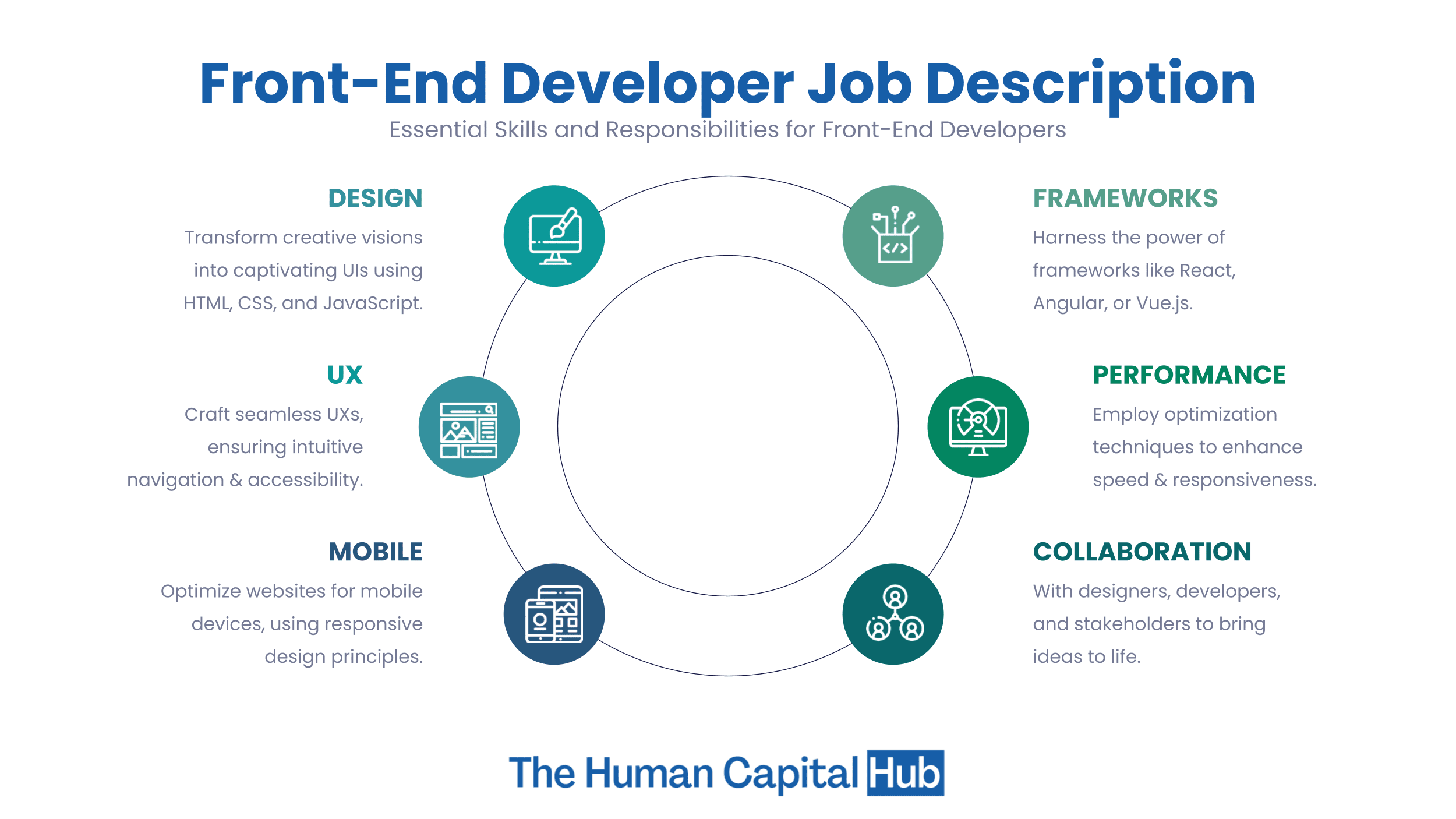Batter Links: Your Gateway to Trending News
Stay updated with the latest trends and insights from around the world.
Front-End Development: Where Code Meets Creativity
Unleash your creativity with Front-End Development! Discover where code meets design and transform ideas into stunning websites.
The Art of User Interface Design: Tips for Front-End Developers
The art of user interface design plays a crucial role in the success of any digital product. For front-end developers, understanding the principles of UI design can significantly enhance the user experience and engagement. Here are some essential tips to elevate your UI design skills:
- Consistency: Maintain uniformity in design elements to create a coherent experience.
- Hierarchy: Use hierarchy to guide users through your interface effectively, ensuring the most important elements stand out.
- Accessibility: Design with accessibility in mind, incorporating features that cater to users with different needs.
Moreover, incorporating feedback from users is an integral part of the user interface design process. Engaging with your audience through usability testing can provide invaluable insights into how real users interact with your designs. Additionally, a well-designed interface should be responsive and adaptable across various devices. This adaptability minimizes frustration and helps in retaining users.
In conclusion, mastering the intricacies of UI design not only enhances your development skills but also ensures that you create interfaces that are both aesthetically pleasing and functional, ultimately leading to improved user satisfaction.

Understanding HTML, CSS, and JavaScript: The Trinity of Front-End Development
In the world of web development, understanding HTML, CSS, and JavaScript is essential for anyone looking to create engaging and interactive websites. These three technologies form the foundational trinity of front-end development. HTML, or HyperText Markup Language, is responsible for structuring the content on the web, allowing developers to create everything from headings to paragraphs. CSS, or Cascading Style Sheets, takes this content and brings it to life with styles, enabling designers to change colors, fonts, layouts, and more. Finally, JavaScript adds dynamic behavior to websites, allowing for user interaction such as form submissions, animations, and real-time updates.
Each component of this trinity plays a vital role in creating a seamless user experience. Consider this breakdown of how they work together:
- HTML sets the structure and organization.
- CSS enhances the visual appeal.
- JavaScript introduces interactivity and responsiveness.
By mastering these languages, developers can build websites that are not only functional but also aesthetically pleasing and user-friendly.
How to Create Responsive Web Designs that Captivate Users
Creating responsive web designs is essential in today's digital landscape, where users access websites through various devices, from desktops to smartphones. To captivate users, begin by ensuring your design is fluid and flexible, allowing it to adjust seamlessly to different screen sizes. Utilize a responsive grid layout that aligns with the principles of mobile-first design, ensuring that your website operates smoothly on smaller screens before expanding to larger formats. This approach enhances user experience and can significantly improve your site's search engine optimization (SEO).
Another key aspect of responsive web design is optimizing media elements, including images and videos, to ensure they scale proportionately on all devices. Use CSS techniques such as max-width: 100% to keep your visuals in check and leverage flexbox or CSS Grid to create dynamic layouts. Furthermore, consider implementing media queries that tailor styles based on specific device features, ensuring your content looks great on any screen size. By focusing on these strategies, you not only captivate users but also boost your site's engagement and retention rates.